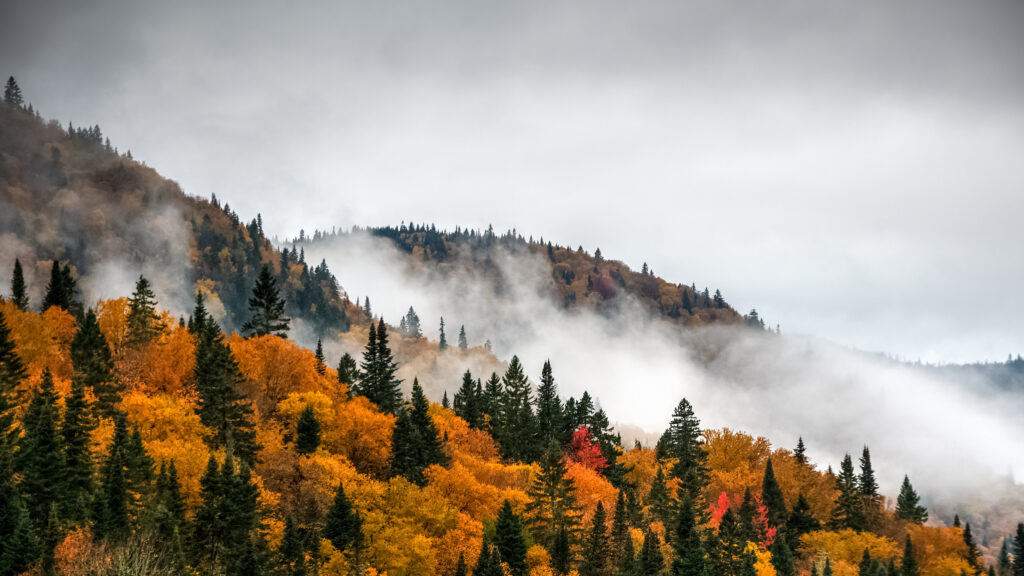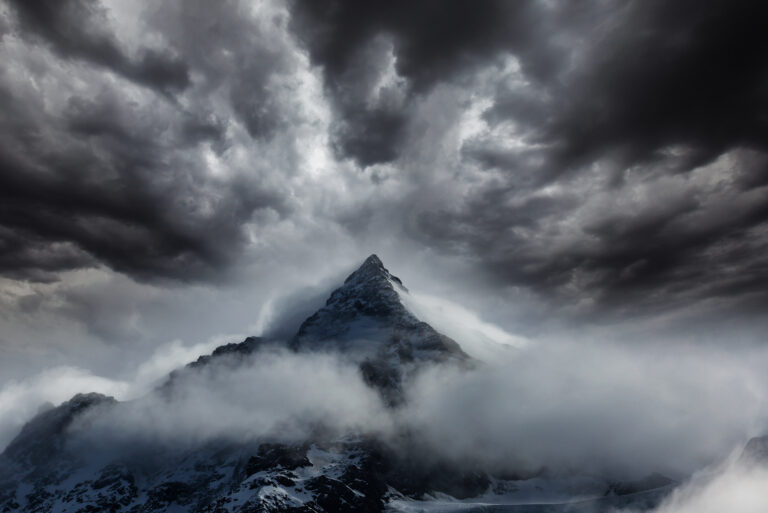Every year, millions of people set out on a quest to witness the breathtaking transformation of leaves as autumn arrives. The striking colors that adorn the trees during this season create picturesque landscapes, attracting visitors eager to experience the peak of fall foliage. However, timing this natural spectacle can be tricky, as the exact moment when leaves reach their maximum vibrancy shifts from year to year.
The Science Behind Color Change
The vibrant hues of fall foliage are the result of a complex interplay between environmental factors and the biology of trees. Temperature, moisture, and light play significant roles in determining when leaves change color and how brilliant those colors will be. Warm, sunny days coupled with cool, crisp nights create the ideal conditions for chlorophyll breakdown, which ultimately reveals the hidden pigments within the leaves.
Weather’s Influence on Foliage
The weather leading up to autumn can significantly affect the intensity and timing of fall colors. For instance, an abundance of rain in the weeks before fall can promote vibrant hues, while a late spring or severe summer drought can delay color changes by several weeks. According to experts, an intense warm spell during the fall can also dull the colors, making the foliage less impressive than it might otherwise be.
Ideal Conditions for Autumn Color
To achieve the most stunning fall leaves, specific weather conditions must be present throughout the year:
- Spring: Warm temperatures and ample moisture are essential for healthy leaf development.
- Summer: Favorable conditions, avoiding extreme heat or dryness, help sustain the tree’s vigor.
- Fall: Warm, sunny days paired with cooler nights facilitate the breakdown of chlorophyll, allowing other pigments to emerge.
Achieving these conditions can be challenging, given the unpredictability of weather patterns. Nonetheless, certain regions across the country consistently display remarkable displays of autumn colors each year.
The Role of Daylight
One of the critical factors influencing the color change in leaves is the length of daylight. As days grow shorter and nights lengthen, trees begin the process of shutting down their leaves. This transition is a survival mechanism, allowing trees to conserve energy as winter approaches. The decline in sunlight triggers a decrease in chlorophyll production, which in turn allows other pigments to shine through.
As chlorophyll fades, pigments such as carotenoids and anthocyanins become more visible. Carotenoids produce warm yellow and orange tones, while anthocyanins contribute to the rich reds and purples seen in some tree species. The specific colors exhibited during fall largely depend on the tree species and the pigments they contain.
Current Fall Color Hotspots
For those eager to embrace the fall season with a warm beverage in hand and vibrant landscapes ahead, several regions are currently experiencing peak foliage.
- Northeast: New England is renowned for its spectacular fall colors, and many areas in the Ohio Valley and Midwest are also at or nearing their peak.
- Southeast: The mid-South and mid-Atlantic regions are approaching their peak color, offering opportunities for stunning autumn drives.
- West: Fall colors in the western U.S. are more variable. While some areas in the Rocky Mountains may have already passed peak, the northern Rockies and parts of the Southwest still showcase beautiful autumn hues.
Scenic Byways for Fall Color
Many of the National Scenic Byways across the country were established with autumn foliage in mind. These routes provide picturesque drives through areas known for their vibrant fall landscapes, allowing travelers to fully appreciate the beauty of the season.
The Experience of Fall
Autumn not only brings a change in colors but also a shift in atmosphere. As temperatures cool, people often partake in seasonal traditions such as apple picking, pumpkin carving, and local harvest festivals. The scents of cinnamon and baked goods fill the air, creating a cozy environment that complements the changing landscape.
Conclusion
The spectacle of fall foliage is a cherished seasonal event that connects people with nature’s beauty. Understanding the science behind why leaves change color enhances the experience, allowing observers to appreciate the complexity of this annual transformation. As autumn unfolds, taking the time to explore the vibrant landscapes and indulge in seasonal activities can provide lasting memories and a deeper appreciation for the wonders of nature.


